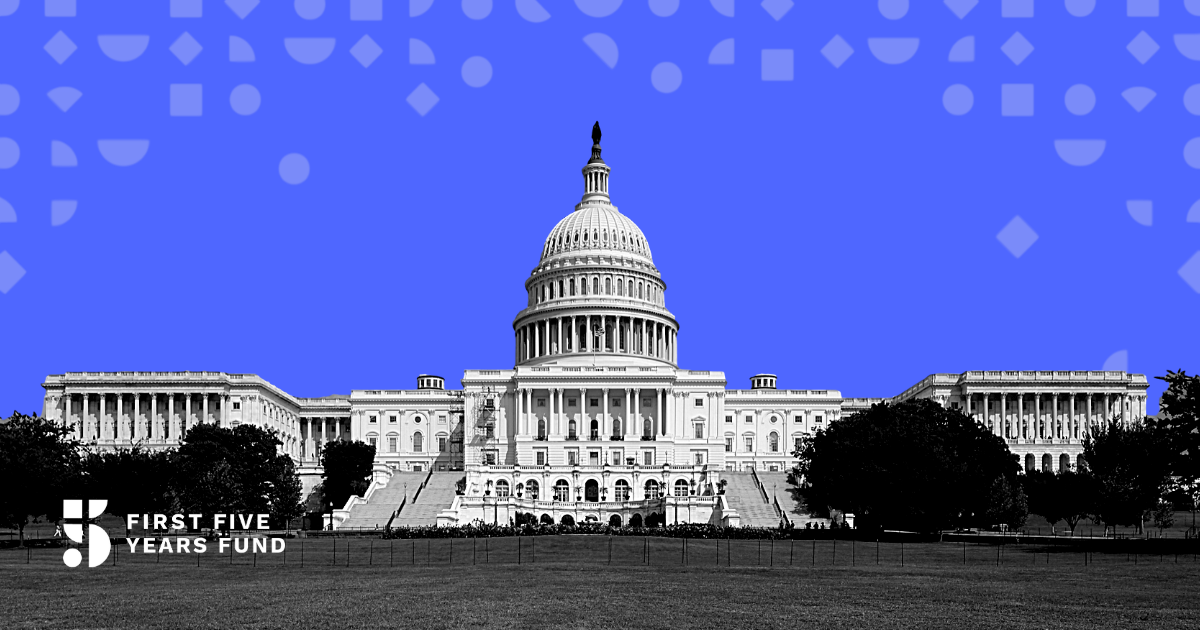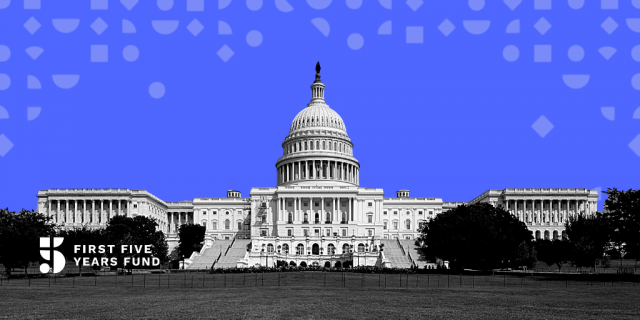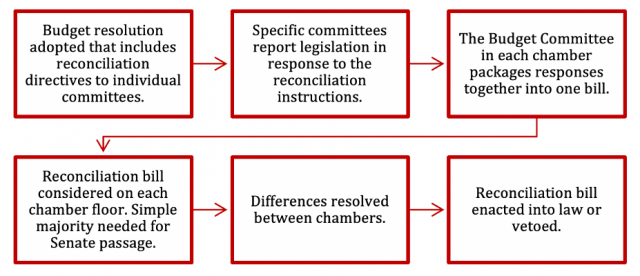Understanding the Process: Congress Moves Forward with Budget Reconciliation to Pass Proposals Tied to President’s Build Back Better Agenda

Earlier this year, President Biden unveiled two major proposals – the American Jobs Plan (AJP) and the American Families Plan (AFP) – aimed at creating millions of jobs and addressing challenges facing America’s children, families, communities, and businesses.
Congress soon began consideration of legislative packages based on these proposals. In late July, the White House and Congressional leaders announced they had reached a deal on a bipartisan infrastructure package, which includes many of the elements from the president’s American Jobs Plan related to physical infrastructure, including roads, bridges, broadband, and more. On August 10th, this package passed the Senate with bipartisan support, clearing the 60 vote threshold needed based on Senate rules.

Separately, Congressional Democrats are developing a legislative package based on a number of the proposals in the president’s American Families Plan, including $225 billion to address the child care needs of families and providers, $200 billion to expand voluntary preschool access to all 3- and 4-year-olds, and a permanent extension of recent American Rescue Plan improvements to various tax credits, including to the Child and Dependent Care Tax Credit (CDCTC), among other provisions to help working parents and young children. Because Democrats don’t expect to have the support of 10 Republicans needed to pass this package with 60 votes, they are using the budget reconciliation process, which allows them to pass the bill with a simple majority.
In the Senate, it takes 60 votes to defeat a filibuster. Any senator or senators can filibuster the passage of a bill indefinitely, even if a majority of the Senate is willing to pass the legislation.
Budget reconciliation is a process that allows for tax, spending, and debt limit bills to be expedited by side stepping the filibuster in the Senate and requiring only a simple majority to pass. If successful, a reconciliation bill on AFP may pass, on a party-line vote, later this year.
Early on August 11, the Senate passed a budget resolution establishing an overall topline funding number at $3.5 trillion for the reconciliation package. This budget resolution also includes individual funding levels and instructions for the various committees to use in determining funding for specific programs and policies. It is expected that the House will return from its recess later this month to pass the budget resolution, at which point instructions will be sent to committees of jurisdiction, including the Finance Committee and the Health, Education, Labor, and Pensions (HELP) Committee in the Senate, along with the Education and Labor Committee and the Ways and Means Committee in the House. These committees will take the topline funding they’ve received and allocate it to the individual elements of the broader package that are within their jurisdiction. For example, funding related to direct child care and pre-k supports would fall under the Senate HELP Committee and House Education and Labor Committee, while tax provisions like the Child and Dependent Care Tax Credit would be under the jurisdiction of the Senate Finance Committee and House Ways and Means Committee.
We anticipate the committees will then work throughout late summer and early fall to finalize legislation in line with reconciliation instructions.
Legislation is then sent to the Budget Committees in the House and the Senate, who will combine text to create a single bill in each chamber that will be voted on, with a simple majority needed for passage. A flowchart of the reconciliation process can be found below:

As Congress moves through the reconciliation process, we will continue to work with lawmakers to ensure the early learning and care provisions receive the greatest funding possible. Just last week, in partnership with over 150 organizations, FFYF sent a letter to Congressional leadership highlighting the importance of a robust, multifaceted federal investment to build a sustainable early learning and care system that works for both parents and the economy. You can view the letter here.
Subscribe to FFYF First Look
Every morning, FFYF reports on the latest child care & early learning news from across the country. Subscribe and take 5 minutes to know what's happening in early childhood education.



